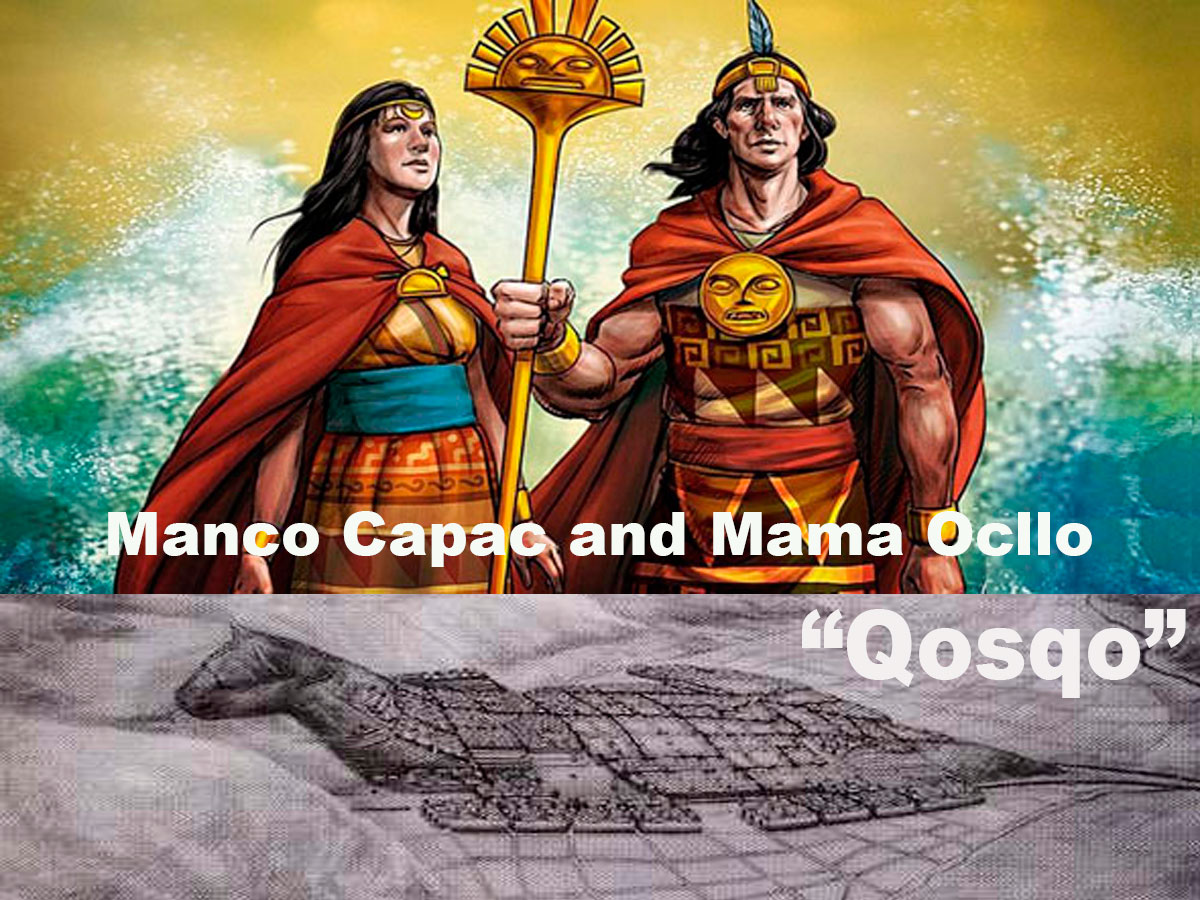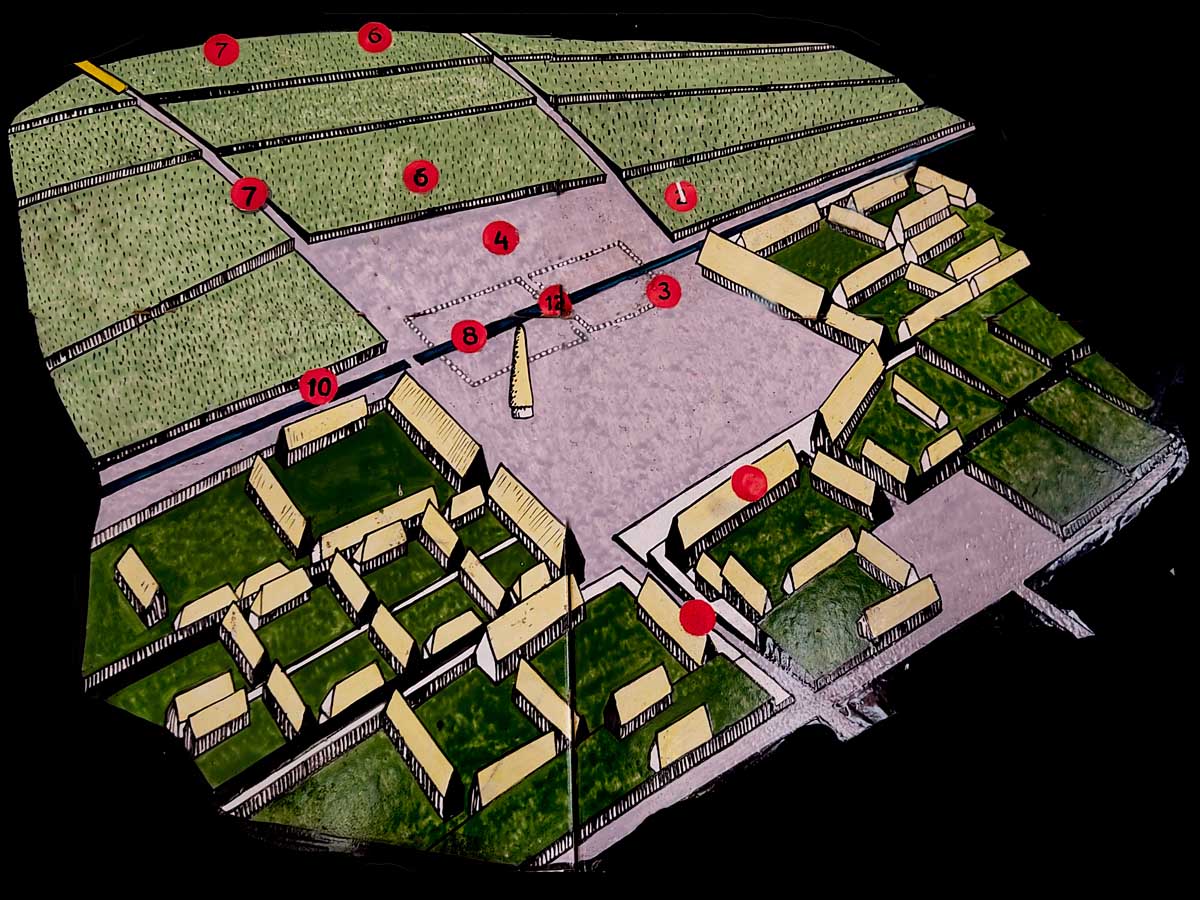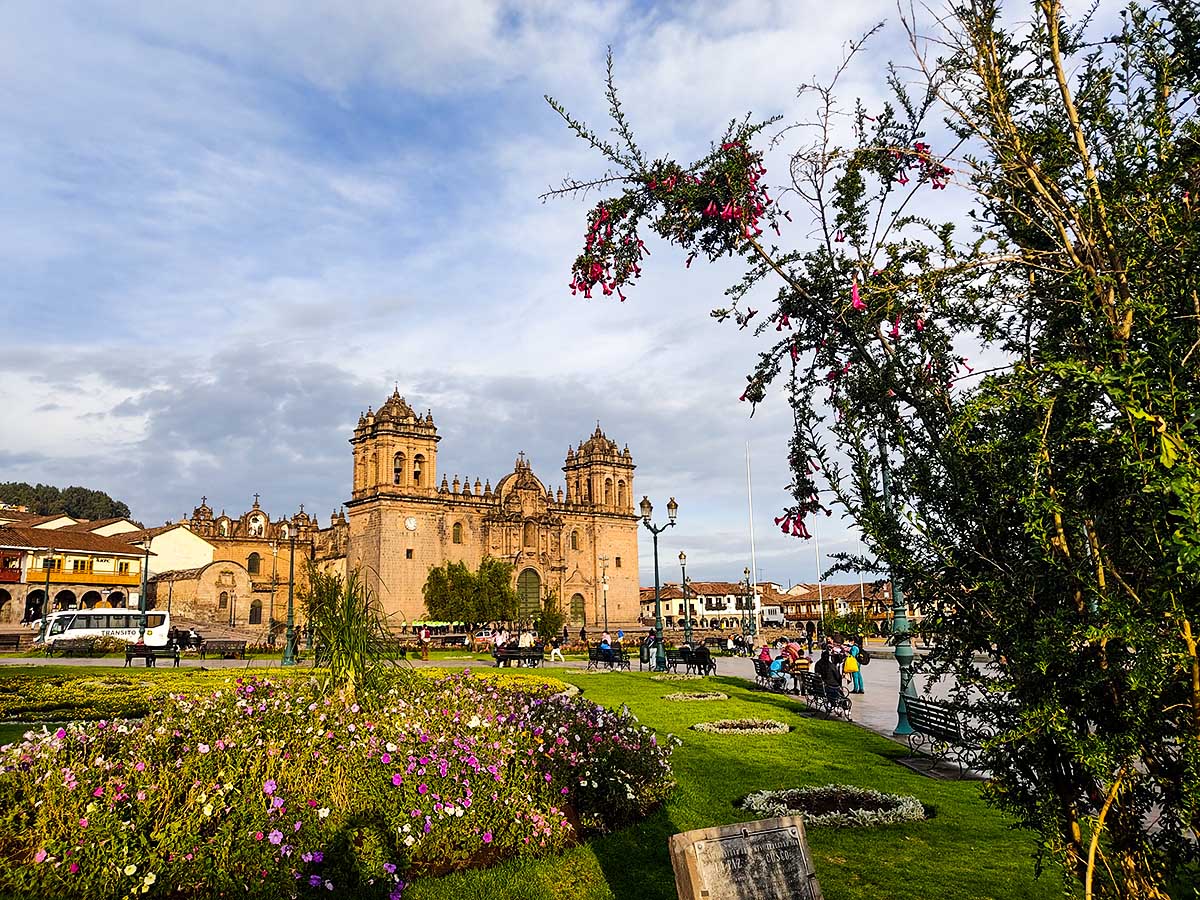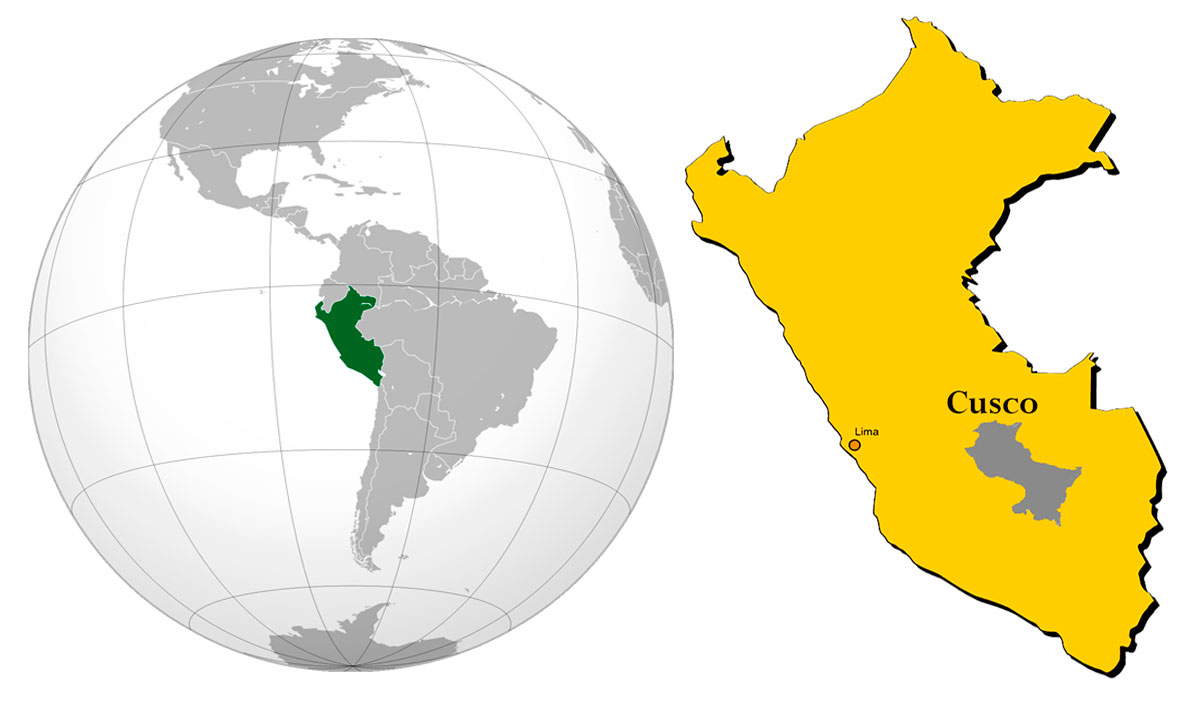Love Where Your're Going
Explore Your Life, Travel Where You Want!
Lorem ipsum dolor sit amet, consectetur adipiscing elit, sed do eiusmod tempor incididunt ut labore et dolore magna aliqua.

While Cusco and Machu Picchu are must see destinations for a first trip to Peru you need to know more about the greatest city of Cusco which is your mandatory stop before traveling to Machu Picchu. Cusco’s richest history baptized it in different ways (Qusqu o Qosqo) in quechua and then it was necessary to translate its name in Spanish. This mysterious sacred city was considered the capital of the Tahuantinsuyo Empire with countless historical and architectural legacy. It is surrounded by greenish valleys and impressive tourist attractions, with its culture, tradition and faith, is also known as the navel of the world because it was the political and territorial center of the Inca Empire. The Department of Cusco shows us a stunning geographical variety from mountain ranges even rivers like Urubamba.
There is a legend about the founding of Cusco, according to which the area around today's Peruvian city was inhabited by the Tampus an unknown number of centuries ago. This people belonged to the Quechua Indians and are said to have provided the first people on earth. Finally, around 1200, the first Inca Manco Cápac together with his wife Mama Ocllo founded the city under their name Qosqo, which means "navel of the world". This city was the center of the later Inca Empire.
Until the 9th Inca, Pachacutec Yupanqui, who ruled from 1438 to 1471, reliable traditions are missing. Pachacútec Yupanqui was able to expand the Inca empire in the central Andes from Lake Titicaca to Junín. In the vicinity of Cusco, he had the so-called Inca terraces laid out, agricultural terraces for the cultivation of corn. With their help and the canals to the rivers Saphi (= root) and Tullumayu (= bone river) the supply of the population was guaranteed. Cusco, which was divided into two halves of the city, developed more and more into the cultural and economic center of the empire. The first five Inca kings (Sinchi) belonged to Upper Cusco (Hanan Qusqu). After these, the rulers came as Inca all from Lower Cusco (Urin Qusqu).

According to a theory, it was also Pachacútec Yupanqui who built the well-preserved city of Machu Picchu around 1450. What is certain is that the 9th Inca introduced the cult of the sun god Inti to the empire.
Pachacutec Yupanqui was followed by his son Tupac Yupanqui, under whose rule the Inca Empire reached its greatest extent. It now also extended to the area between Quito (in today's Ecuador) and Santiago (in today's Chile). Túpac Yupanqui was extremely skilful and, for example, brought the high dignitaries of the defeated tribes to Cuzco. There he entrusted them with important administrative tasks, which not only brought inner peace in the empire, but also drew many thinkers, artists and scientists to Cusco.
The 11th Inca Huayna Cápac reigned from 1493 until his death in 1525. One of his last official acts was to divide the Inca Empire between his two sons. From these Atahualpa received the northern region and resided in Cajamarca. The 2nd son Huáscar, on the other hand, was given the southern part, which also included Cusco. The city was used by him as the seat of government. After the death of the 11th Inca Huayna Cápac, his sons fought each other. This conflict only ended in 1532 with the defeat and execution of Huáscar. From then on Atahualpa ruled alone over the entire empire. However, his triumph was only to last until November of the same year, because the Spanish conquistador Francisco Pizarro captured the Inca king and conquered Cusco in 1533, which he had plundered and burned. Most of the gold and silver was melted down and the Inca buildings demolished. The Spaniards used the stones from the demolished temples and palaces to build their colonial churches.
Manco Cápac II, a half-brother of Huáscar, placed by Francisco Pizarro as a puppet ruler on the Inca throne, organized a large uprising against the Spanish colonialists in 1535 and marched against Cusco with an army of more than 100,000 men. As a result of the siege of the city, almost managed to defeat the Spaniards. However, the latter were able to be victorious in the brutal battle at Sacsayhuaman and suffocate the Inca revolt. The city of Cusco was almost completely destroyed as a result of the fighting. After the founding of Lima by Pizarro in 1535, it finally fell into insignificance

The devastating earthquake of 1650, to which large parts of Cusco fell victim, miraculously survived the remains of the once magnificent foundation walls of the palaces and temples.
In the years 1780 and 1820 there were uprisings of the Indians in Cusco. These uprisings were bloodily suppressed by the Spanish colonial rulers.
An important turning point for Cusco was the year 1911. At that time, the old Inca city of Machu Picchu was discovered, which had been hidden on a mountain and is now one of the most popular tourist magnets in all of South America. With this discovery, Cusco became interesting again. The city is now considered the largest tourist center in Peru.
Cusco's last tragedy came in 1950, when another devastating earthquake destroyed the city's rebuilt churches and homes. About 90% of the city fell to rubble. But there was one good thing about this natural disaster. It uncovered the imposing Qoricancha, the former "Temple of the Sun", on which the Spaniards later built the church of Santo Domingo.
Since 1983, the remains of the former Inca buildings and the city center with its colonial buildings have been part of the UNESCO World Cultural Heritage.
The ancient Inca Capital is said to have been founded around AD 1100, and since then it has developed into a major commercial and tourism centre of 2750,00 inhabitants most of whom are Quechua speakers. The city council has designated Qosqo (Cusco in Quechua) as the offcial dialect.
Is located in the Andes mountain range at 3,399 m above sea level, it was declared the Historical Capital of Peru. It was compared with other places like Choquequirao ruins, Sacsayhuaman, Qenko, Tambomachay, Ollantaytambo ruins and Machu Picchu city because it is an architectural jewel because of the way the Incas built it using stones. The city served as a political, religious and administrative center.
The department of Cusco also has different tourist attractions like Sacred Valley Cusco, considered the best corn production center; Barrio de San Blas, also known as “El Barrio de los artesanos”, Paucartambo, town in which Andean culture is still alive among others.
Today colonial churches, monasteries and convents and extensive precolombian ruins are interspersed with countless hotels, bars and restaurants that cater the hundreds of thousands of visitors. Almost every central street has remains of Inca walls, arches and doorways; the perfect Inca stones work now serves as the foundations for more modern dwellings. This stonework is tapered upwards (battered): every wall has a perfect line of inclination towards the centre, from bottom to top.The curved stonework of the temple of the Sun, for example, is probably unique in the world.
Walking along the streets of the city, there are wonderful places to visit like the craftsmen's village known as San Blas. Its temple is a magnificent piece of Colonial art. In and out of Cusco there are wonderful things to see, for example, in the center of the city are the Sacsayhuaman ruins or the complex of Ollantaytambo and the towns of Pisaq and Calca. And of course Machu Picchu a splendid city. There are also religious festivities that you can enjoy such as the Procession of Corpus Christi or the Inti Raymi. Come to Cusco. Nothing you have ever done is even close to a visit to Cusco. Visit us and experience its magic, you won’t regret it.
There are other places like Choquequirao, Qenko, Tambomachay, Vilcabamba, and Espiritu Pampa, which are architectural jewels because of the way the Incas built them using stones. The cities served as political, religious, and administrative centers.

Cusco is considered one of the most ancient cities on the continent. The name Qosqo in Quechua means "The earth's navel" There are many myths about the creation of the city. However, it is known that the city existed before the Inca empire (5000 BC). the Spanish foundation of the city took place in 1534. Later it was the seat of the first Bishop of South America and the center of great cultural activity.
Cusco had one of the most outstanding art schools in the world: the Escuela Cusqueña. The basic characteristic of the city is its perfect blend of the urban with the pre-Colombian monuments. Among the most outstanding places, is the Coricancha temple, which is located near the Main square. This was the center of the cult to the Sun God or Inti. On top of this temple, the Spanish built the Santo Domingo convent. The Cathedral and La Merced Churches are some of the Spanish legacies.
Lots of history blended in one city, you will see walls made of stone, handicrafts stores, the 12 angle stone and its perfection, the Cathedral and other interesting places to visit.

Tierras Vivas Travel offers the best all-inclusive Inca Trail to Machu Picchu tours in Peru.




